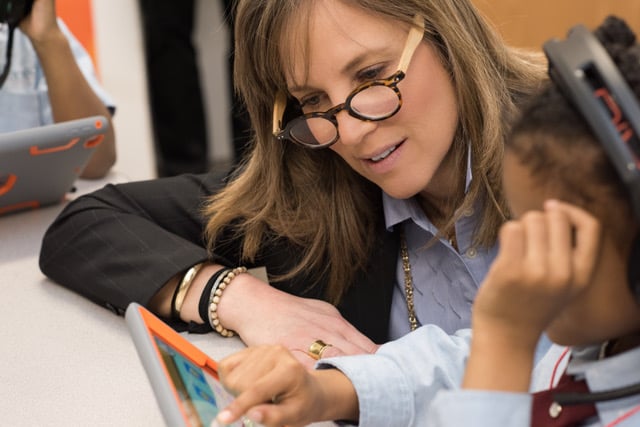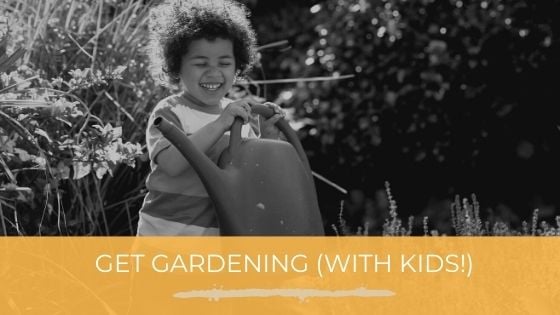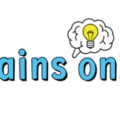I knew in my gut something was wrong, even though my son’s school was telling me he would catch up. I asked questions.
I asked for help. Finally, in second grade, we had him tested; he was diagnosed with dyslexia, and our journey began.
Our story is all too familiar for families across the country; one in five children has a learning difference, and one in four boys has dyslexia.
A diagnosis can be overwhelming, but I can tell you this: Everything will be OK. It will just be different.
As a parent, you are your child’s best advocate and champion. Early intervention is key to your child’s academic, social and emotional success. Look for these signs that point to potential learning differences and be ready to build a team to support your emerging reader:
Preschool
Warning signs include limited vocabulary, struggling to pronounce words and trouble recognizing the letters of the alphabet. Children may show extreme restlessness and get distracted from simple tasks. They may also have trouble interacting with peers.
K–4
Watch out for consistent reading and spelling errors, including if your child inverts, transposes or substitutes letters.
Does your child confuse basic words like go, stop and run? Be aware of an awkward pencil grip and poor coordination, which can also be warning signs of a learning difference.
After fourth grade
Between third and fourth grade, a child transitions from learning to read, to reading to learn. Without the strong foundation of basic literacy skills, a child falls further behind. If children are suffering from an undiagnosed learning difference, they have to play catch-up.
That’s not to say it can’t be done. I’ve tutored children in high school, and every child is worth our time and effort.
Remember
Every child is on his or her own path, so it’s not necessarily a cause for concern if your child shows one or two of these warning signs. You know your child best, so listen to your gut and begin asking his or her teacher questions if you have concerns.
If your child is diagnosed with a learning difference, assemble a team. In our case, our pediatrician referred us to a clinic for testing. I worked with my son’s teacher and principal to build a team of advocates who we trusted and who helped guide us.
Read all of the materials your pediatrician or medical practitioner may send home with you and then ask for more! Read books, listen to podcasts and attend meetings at your school/within your community.
Network at your child’s school and find — or start — a support group. You’re not alone in this, and it’s important to find parents who will share and exchange ideas and information. These parents are walking a similar path and will understand what you’re going through.
After my son was diagnosed with dyslexia, he needed a tutor. I interviewed Orton-Gillingham tutors to find the one who best fit his learning style and personality. I found a tutor who was similar to the type of teacher I am — compassionately relentless.
The more I saw my son progress, the more I wanted to help others.
Already a reading teacher, I became trained in the Orton-Gillingham method and opened my own private practice as a literacy specialist.
I’ve watched this method work at home and at work. This passion is what led me to start the nonprofit Literacy Matters Foundation.
Our mission is to close the literacy gap by empowering young learners with the basic skills needed to break the reading code.
I often told parents of children I tutored to allow me to be the teacher. They get to be the parents: Continue reading to your child. Share books and make reading fun. But don’t turn your home into another classroom.
That’s my job. Your job is to love and advocate for your child. Hold her in your lap and tell her it’s going to be OK.
And believe in yourself. You can get through this.
My son is 18 years old now, and he is thriving! And I believe he’s a more compassionate person for walking this journey. And I know I am a better person and better teacher for the privilege of having walked this journey by his side.
Deb Mallin is a certified Orton-Gillingham tutor and has experience as a classroom teacher in grades K–6.




















